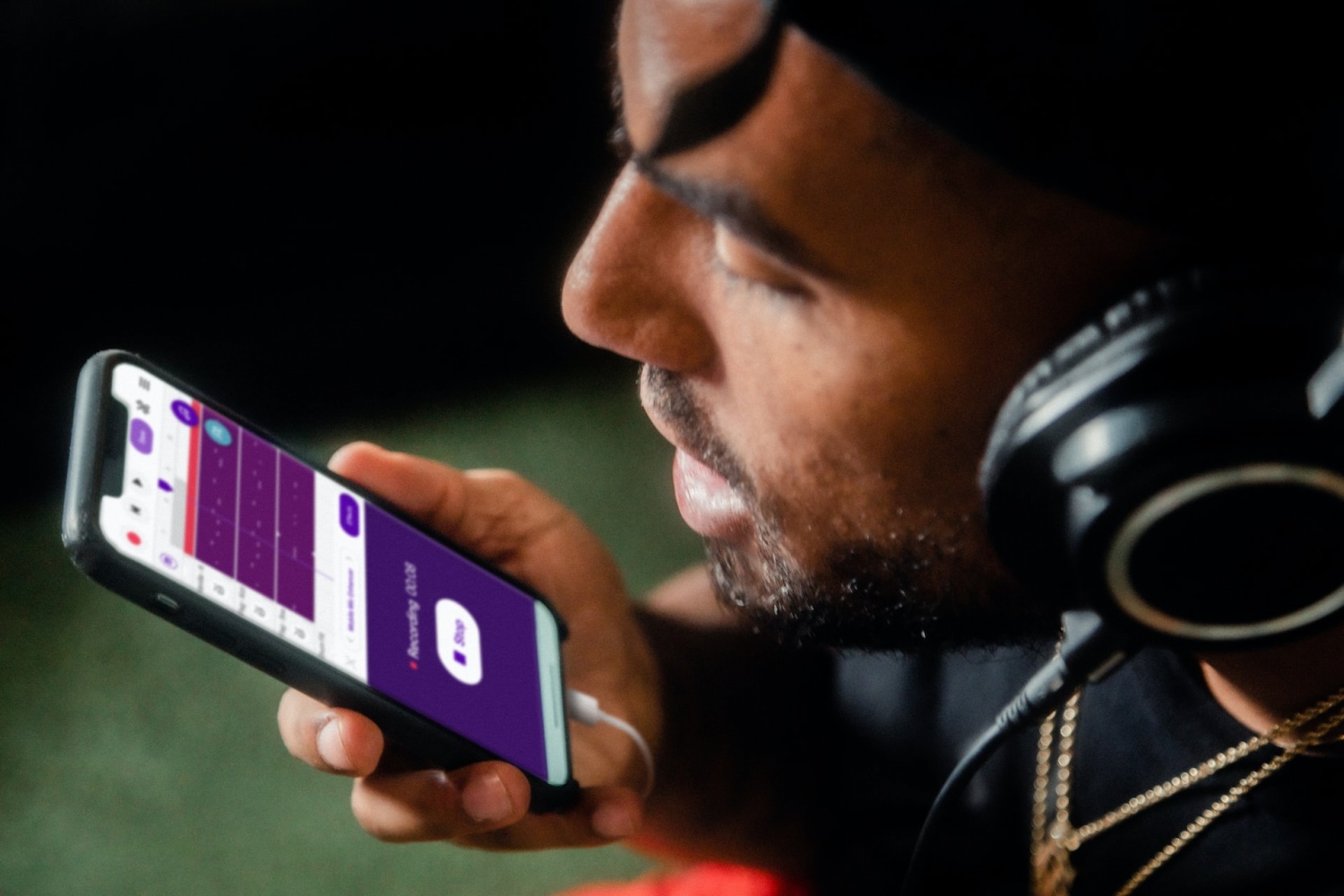Sam’s Club and Costco battle for Generation Z shoppers

Generation Z is growing up and opening their wallets — that’s $360 billion in spending power in the U.S. alone — and major members-only retailers are ready to take the money out of their pockets. Sam’s Club, the Walmart-owned members-only big box store, believes it has cracked the key to winning over the younger generation and gaining an edge over competitors like cult favorite Costco.
Sam’s Club CEO Chris Nicholas said in an interview with CNBC last week that the company’s membership has been transformed by young shoppers. Over the past two years, Sam’s Club has seen a 68% increase in Gen Z members.
“The fastest growth in our business over the last two years has been among members of Generation Z and Millennials,” Nicholas said. “This generation thinks it’s cool to save money, and we agree with them.”
Gen Z’s bitter attitude toward the economy and strong penchant for saving have made them perfect candidates for discount retailers. The late-20s generation leads the way in favoring private label products: 64% of young shoppers say they “always/often” buy private label, according to a November 2023 Private Label Manufacturers Association survey of 934 respondents. With inflation soaring, retailers like Target and Walmart are responding by expanding their offerings of private label items, including Walmart’s relaunched fashion brand and its new grocery line that favors plant-based products in colorful packaging.
But while everyone is looking at value, Nicholas said, Sam’s Club has been able to differentiate itself from the competition through digital innovations that are tapping into tech-savvy youth. The retailer has ramped up its e-commerce operations over the past year by expanding its warehouse facilities and supply chain networks. It has taken its technology even further, announcing in January the use of AI in its Scan & Go app. Customers can cut exit lines by using a computerized scanning tool to confirm they’ve paid for all the items in their cart. The app is used by 30% of Sam’s Club members, Nicholas said.
“We say, ‘You can have great items and great prices like the rest of the club channel, but you can also enjoy convenience,'” Nicholas said. “And that really resonates.”
The battle of major retailers for the attention of Generation Z
While Sam’s Club has been able to win the favor of Generation Z with technologies that simplify the shopping process, Costco still relies on its idiosyncratic organization, which can be intimidating for new shoppers, said Zak Stambor, senior retail and e-commerce analyst at Emarketer Assets.
“The people I know who shop at Costco frequently have had experience with Costco, but it requires a learning curve,” he said.
Not only do Costco customers have to learn the store’s confusing shelf categories (though this strategy has proven partially beneficial because it entices customers to buy more), but they also have to figure out the best hours to avoid crowds. Not to mention the largely analog checkout processes that require employees to manually verify customers’ purchases, often resulting in customers having to wait in line to leave the store. These are problems that Sam’s Club customers don’t actually have.
“It’s more about making shopping easier, and that’s the advantage that (Sam’s Club) has found,” Stambor said. “When you shop at Costco, it can be a frustrating experience.”
But Costco has masterfully managed to give its private label, Kirkland Signature, a nearly flawless reputation, Stambor argued. That, along with the company’s core strategies of good service and value-for-money products, led UBS analyst Michael Lasser to call Costco customers the most loyal among retailers. Sam’s Club has mimicked Costco’s strategy in expanding its private label, Member’s Mark. The company this month recruited 50,000 of its customers to come up with ideas for and rate new items for the brand.
“The private label is the key ingredient in the recipe for success,” said Stambor. “Consumers have been much more willing to switch to private labels in recent years due to rising prices.”
Everyone is a winner
This is a big moment for these two membership-only retailers, Stambor argued. Both have had blockbuster earnings recently, with Costco reporting a 9.1% increase in net sales to $57.39 billion in the first quarter and Sam’s Club reporting a 4.6% year-over-year increase in net sales in the first quarter, helping Walmart to 6% sales growth. And because consumers are especially price-sensitive, they’re willing to shake up old loyalties in search of new ones, creating more opportunities for new members.
“When consumers pay attention to value, their habits change. And then members-only clubs like this can step in and help consumers establish new habits and behaviors,” he said.
While Sam’s Club may currently have the advantage with Generation Z, Costco still has a chance to attract waves of new shoppers with its long-established private label and hot products like the newly launched Kirkland Signature clothing.
“Both member clubs have an opportunity to wave their arms and say, ‘Hey, younger consumers, if you value quality, we’re going to give you value,'” Stambor said.



